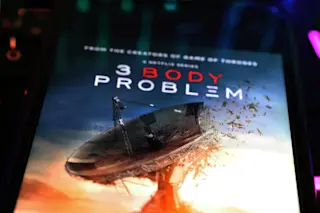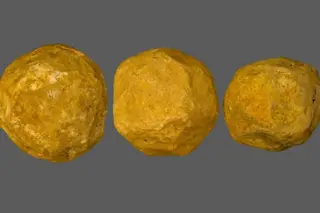Allen Knutson, a mathematician at the University of California at Berkeley, keeps five balls aloft in an intricate pattern. Knutson often juggles in class to demonstrate the basic premise of discrete mathematics: One input (or throw) will inevitably yield one output (or falling ball).
Allen Knutson’s office is a mess. There’s a unicycle with a flat tire in the corner, and a Bongo Board beside that, and a bunch of stuffed lizards crawling amid heaps of papers and books. The computer monitor is face down and unplugged on the desk. But Knutson, a 35-year-old tenured mathematics professor at the University of California at Berkeley, is completely focused on the challenge at hand. Long-haired, bearded, and wispy, with a quiet, otherworldly presence, he coolly recites a number sequence while juggling four balls in the air: “6-6-1-5-1-5-6-6-1-5-1-5-6-6-1-5-1-5 . . .”
Knutson is an authority on algebraic combinatorics, which involves, among other things, ...














